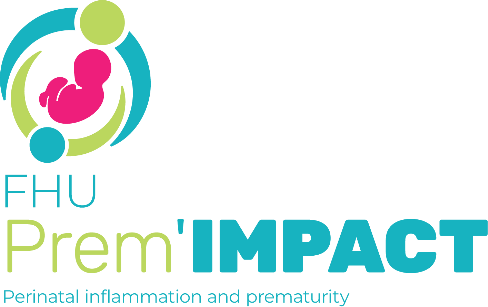Abstract
Background: Small for gestational age is defined as a birthweight below a birthweight percentile threshold, usually the 10th percentile, with the third or fifth percentile used to identify severe small for gestational age. Small for gestational age is used as a proxy for growth restriction in the newborn, but small-for-gestational-age newborns can be physiologically small and healthy. In addition, this definition excludes growth-restricted newborns who have weights more than the 10th percentile. To address these limits, a Delphi study developed a new consensus definition of growth restriction in newborns on the basis of neonatal anthropometric and clinical parameters, but it has not been evaluated.
Objective: To assess the prevalence of growth restriction in the newborn according to the Delphi consensus definition and to investigate associated morbidity risks compared with definitions of Small for gestational age using birthweight percentile thresholds.
Study design: Data come from the 2016 and 2021 French National Perinatal Surveys, which include all births ≥22 weeks and/or with birthweights ≥500 g in all maternity units in France over 1 week. Data are collected from medical records and interviews with mothers after the delivery. The study population included 23,897 liveborn singleton births. The Delphi consensus definition of growth restriction was birthweight less than third percentile or at least 3 of the following criteria: birthweight, head circumference or length <10th percentile, antenatal diagnosis of growth restriction, or maternal hypertension. A composite of neonatal morbidity at birth, defined as 5-minute Apgar score <7, cord arterial pH <7.10, resuscitation and/or neonatal admission, was compared using the Delphi definition and usual birthweight percentile thresholds for defining small for gestational age using the following birthweight percentile groups: less than a third, third to fourth, and fifth to ninth percentiles. Relative risks were adjusted for maternal characteristics (age, parity, body mass index, smoking, educational level, preexisting hypertension and diabetes, and study year) and then for the consensus definition and birthweight percentile groups. Multiple imputation by chained equations was used to impute missing data. Analyses were carried out in the overall sample and among term and preterm newborns separately.
Results: We identified that 4.9% (95% confidence intervals, 4.6-5.2) of newborns had growth restriction. Of these infants, 29.7% experienced morbidity, yielding an adjusted relative risk of 2.5 (95% confidence intervals, 2.2-2.7) compared with newborns without growth restriction. Compared with birthweight ≥10th percentile, morbidity risks were higher for low birthweight percentiles (less than third percentile: adjusted relative risk, 3.3 [95% confidence intervals, 3.0-3.7]; third to fourth percentile: relative risk, 1.4 [95% confidence intervals, 1.1-1.7]; fifth to ninth percentile: relative risk, 1.4 [95% confidence intervals, 1.2-1.6]). In adjusted models including the definition of growth restriction and birthweight percentile groups and excluding birthweights less than third percentile, which are included in both definitions, morbidity risks remained higher for birthweights at the third to fourth percentile (adjusted relative risk, 1.4 [95% confidence intervals, 1.1-1.7]) and fifth to ninth percentile (adjusted relative risk, 1.4 [95% confidence intervals, 1.2-1.6]), but not for the Delphi definition of growth restriction (adjusted relative risk, 0.9 [95% confidence intervals, 0.7-1.2]). Similar patterns were found for term and preterm newborns.
Conclusion: The Delphi consensus definition of growth restriction did not identify more newborns with morbidity than definitions of small for gestational age on the basis of birthweight percentiles. These findings illustrate the importance of evaluating the results of Delphi consensus studies before their adoption in clinical practice.
